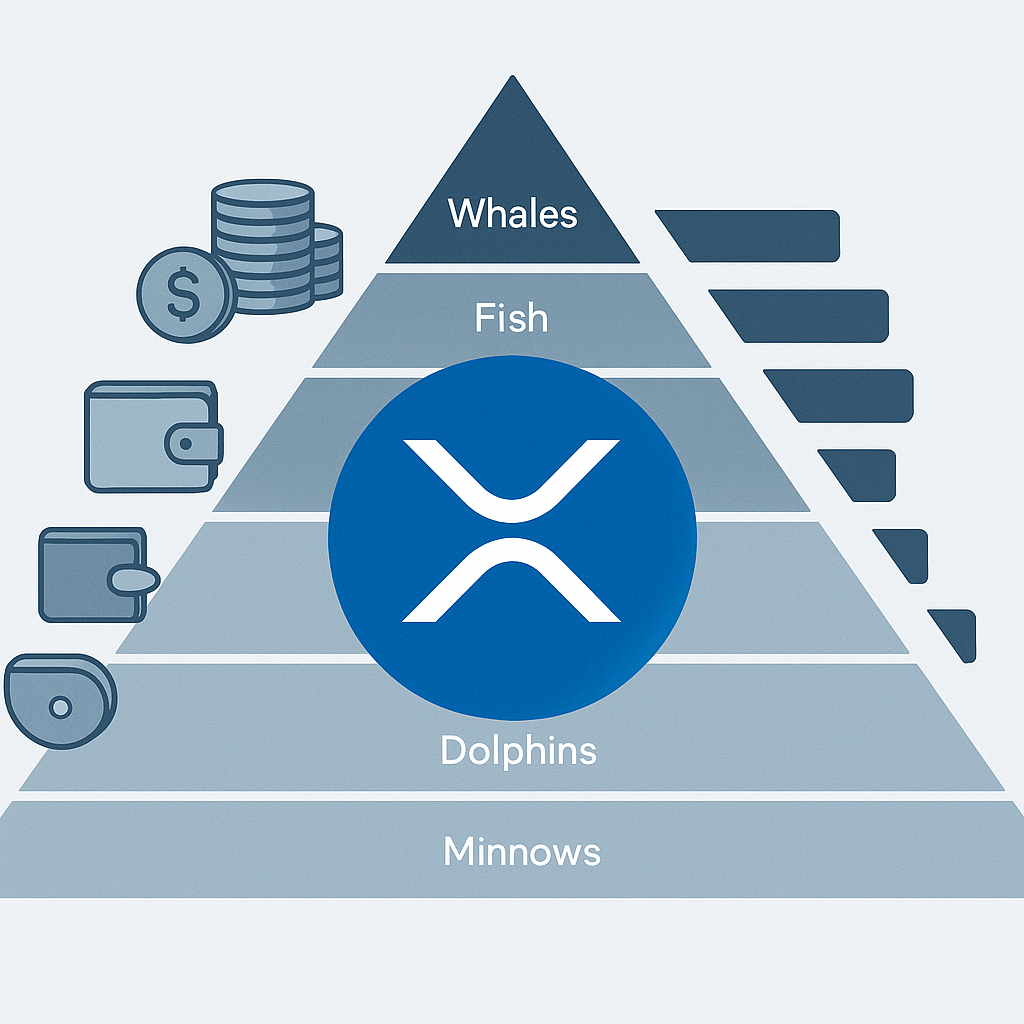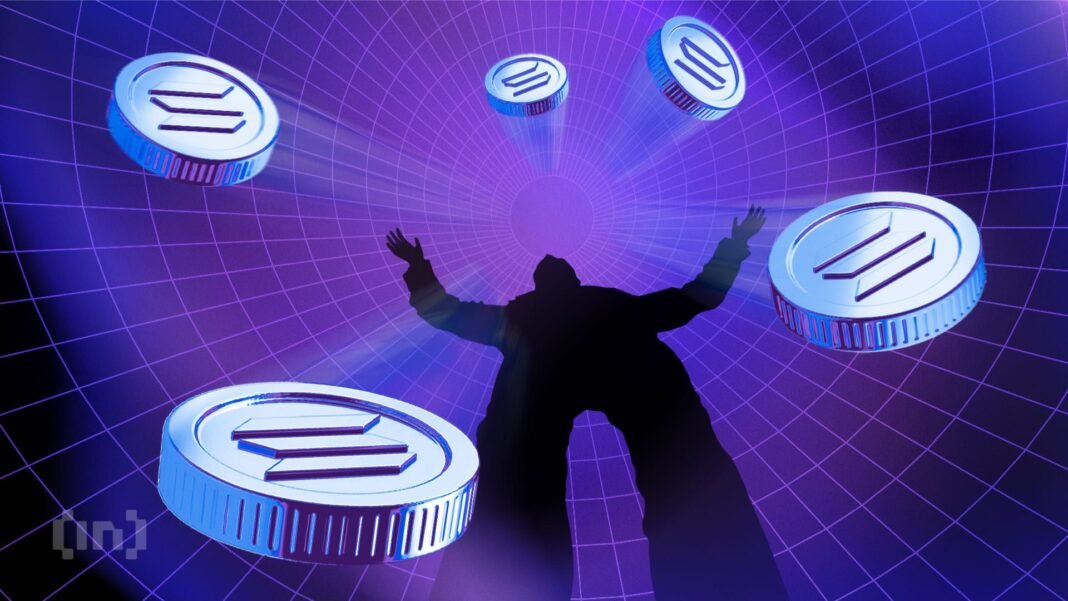The remittance landscape is poised for disruption as legacy financial institutions and crypto-native solutions converge. The question isn’t if blockchain technology will revolutionise cross-border payments, but how. Western Union’s foray into stablecoins, using the Solana blockchain, represents a bold experiment in vertical integration, a strategy that directly challenges the neutral-infrastructure approach favoured by tech giants like Visa and Stripe. The stakes are high, and the outcome will likely dictate the future trajectory of blockchain-based remittances.
Western Union’s Solana-Based Stablecoin Play
The USDPT Initiative
Western Union is set to launch its US Dollar Payment Token (USDPT), a Solana-based stablecoin, in the first half of 2026, targeting its vast customer base of over 100 million users. This initiative pairs the regulatory compliance of Anchorage Digital Bank, the issuer of USDPT, with Western Union’s extensive global network for converting crypto to fiat. The core premise is simple: leverage Solana’s speed and low cost to offer a more efficient remittance solution. However, the success of this venture hinges on whether Western Union can successfully navigate the complexities of on-chain finance and convince its existing customer base to embrace a crypto-first approach.
A Contrasting Strategy: Vertical Integration vs. Neutral Rails
The industry is dividing into two distinct camps. On one side are companies like Visa and Stripe, advocating for a neutral-infrastructure model. They provide the rails for others to build upon, offering platforms that support multiple stablecoins and blockchains. Visa, for example, already supports USDC on Ethereum and Solana and added PYUSD, Paxos’ USDG, Circle’s euro stablecoin, and the Stellar and Avalanche networks in July 2025. Stripe, following its acquisition of Bridge in 2025, offers Open Issuance, a white-label service enabling businesses to issue compliant stablecoins. This approach prioritises interoperability and gives businesses the flexibility to choose the tokens and networks that best suit their needs.
Western Union, on the other hand, is betting on vertical integration. By controlling the issuance, distribution, and cash conversion of USDPT, they aim to create a seamless, end-to-end remittance experience. This approach allows them to capture revenue across the entire payment chain, from issuance and transaction fees to foreign-exchange spreads and agent commissions. However, it also introduces potential risks, including reliance on a single blockchain (Solana) and the challenge of educating and onboarding a large, potentially crypto-averse customer base.
The Solana Advantage: Speed and Cost
The choice of Solana is strategic. Its ability to process transactions quickly and at minimal cost makes micro-remittances viable, something that remains challenging on networks with higher gas fees like Ethereum. Furthermore, Anchorage Digital Bank’s involvement ensures regulatory compliance, providing Western Union with a solid foundation to market USDPT as a secure, bank-issued product. However, relying solely on Solana could prove to be a double-edged sword. While it simplifies technical integration initially, it creates a dependency on the network’s performance and limits interoperability with other stablecoins and blockchains. It remains to be seen whether Western Union will eventually bridge USDPT to other chains or integrate competitor tokens to broaden its reach.
Challenges and Opportunities
Adoption Barriers
The path to mainstream adoption of crypto remittances is riddled with obstacles. Unlike Visa and Stripe, which integrate stablecoins seamlessly into existing user interfaces, Western Union requires users to hold USDPT in a wallet and initiate transactions through its Digital Asset Network. This added complexity could deter some users who are accustomed to the simplicity of traditional fiat-to-fiat transfers. Overcoming this barrier will require significant investment in user education, compelling incentives, and a focus on delivering tangible benefits, such as lower fees and faster settlement times.
Competitive Landscape
Western Union isn’t the only player exploring stablecoin integration. MoneyGram partnered with Stellar several years ago, and smaller fintech operators are also offering stablecoin payment options. While Western Union’s scale provides a competitive advantage, success hinges on execution. The company must effectively integrate wallet partners, navigate divergent crypto regulations across various jurisdictions, and compete on price with both traditional money-transfer operators and crypto-native services. The existing crypto infrastructure is not designed to meet the demands of Western Union’s customers, so it will be difficult to adapt without massive upgrades to existing services.
Regulatory Hurdles
Navigating the complex and evolving regulatory landscape is paramount. While the partnership with Anchorage Digital Bank ensures compliance with US banking standards, Western Union must also adhere to international regulations, such as the EU’s Markets in Crypto-Assets (MiCA) regulation, and navigate jurisdictions with restrictive or prohibitive crypto policies. This will require significant investment in compliance infrastructure and expertise, adding further complexity to the already challenging task of launching a new stablecoin-based remittance service. Western Union’s existing compliance experience will provide a base to build upon, but will need expansion and adaptation.
The Future of Remittances
Western Union’s USDPT initiative represents a significant test of whether a branded, vertically integrated stablecoin infrastructure can drive mainstream adoption of crypto remittances. The outcome will depend on a confluence of factors, including the successful integration of wallet partners, the effective education of customers on stablecoin usage, the company’s ability to navigate regulatory complexities, and, ultimately, whether the Digital Asset Network can deliver the reliability, cost savings, and convenience necessary to compete with both traditional operators and crypto-native services. As we move further into 2025, the remittance industry is on the verge of massive changes and updates.






